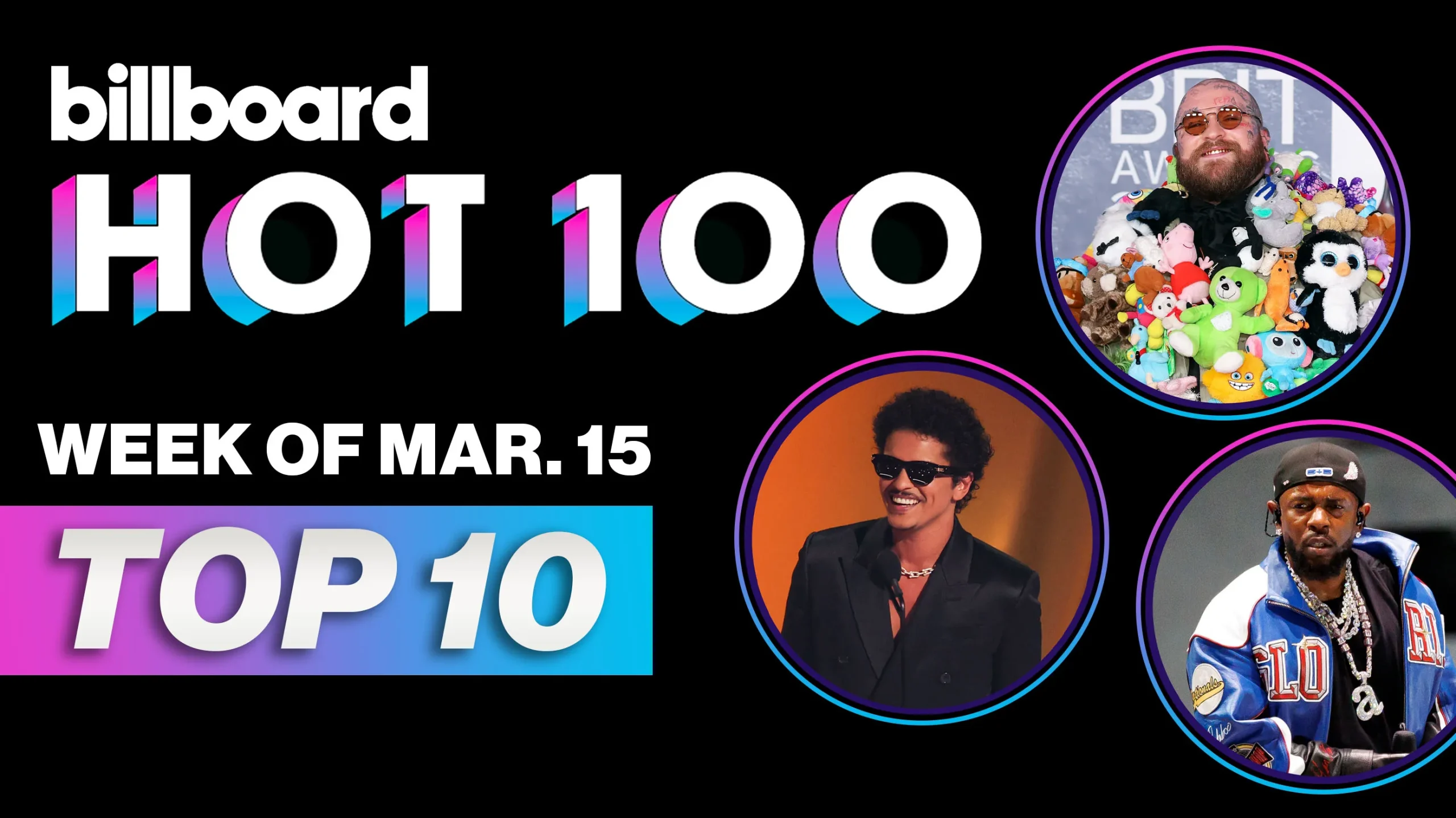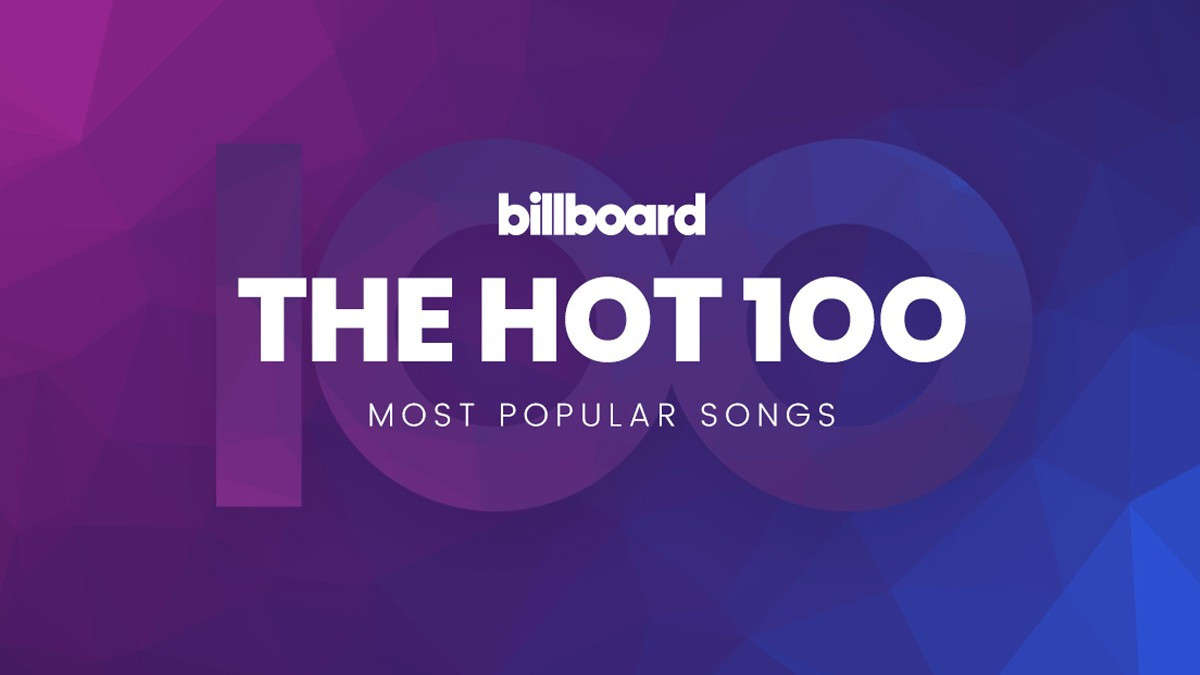The Billboard Hot 100 is the ultimate measure of musical success in the United States, showcasing the top songs across genres every week. Whether you’re a music enthusiast, artist, or industry insider, understanding how Billboard calculates these rankings is key to appreciating the hard work and strategy behind chart-topping hits. The Hot 100 isn’t just about radio airplay—it’s a combination of various factors that work together to form a comprehensive ranking system.
Let’s break down how Billboard calculates the Hot 100 rankings, providing insight into the metrics that determine which songs make it to the top. From streaming numbers to radio plays and sales, we’ll explore the key elements that influence the Hot 100 chart.
1. Streaming Data: A Major Player in Hot 100 Rankings
In the digital age, streaming has become the most significant factor in determining a song’s popularity. Streaming platforms like Spotify, Apple Music, YouTube, and Amazon Music provide vast quantities of data that Billboard uses to calculate rankings. The number of times a song is streamed—whether it’s a full song or a snippet—directly influences its position on the Hot 100.
Billboard tracks streaming activity across these platforms and applies a formula to convert plays into points. Higher streams equate to higher positions on the chart. The weighting of streams varies by platform and type of stream (paid versus free), ensuring that the influence of different services is accounted for. This streaming component has revolutionized how songs reach the top of the charts, making it possible for tracks to gain rapid traction across various listener demographics.
2. Radio Airplay: Traditional and Still Relevant
While streaming numbers dominate the Hot 100 in the modern era, radio airplay remains an essential factor in the calculation. Billboard tracks play on both AM/FM and digital radio stations, using data from Nielsen Music to determine the frequency with which a song is played on various stations. Songs with higher airplay are given more weight, especially when they feature on popular formats like Top 40, adult contemporary, and hip hop.
The formula for incorporating radio airplay into the rankings is complex, factoring in the size and format of the station, the frequency of play, and the listener demographic. Radio airplay remains vital for artists looking to gain mainstream exposure and reach a broad audience. A song can gain considerable chart momentum when it receives consistent rotation across major radio stations, ensuring its popularity remains strong.

3. Sales Data: Physical and Digital Sales Matter
Despite the rise of streaming, physical and digital music sales still play a role in Billboard’s Hot 100 rankings. The chart includes both single-song purchases from digital stores like iTunes and physical CD sales, including vinyl. For digital sales, Billboard considers the total number of units sold, adjusting for variations in pricing (for example, a discount or special promotion).
Sales data is collected through a partnership with Nielsen Music, which tracks transactions across multiple platforms and stores. Though streaming now plays a larger role, sales data still provides an important measure of a song’s commercial success. When combined with streaming and airplay figures, sales data helps to paint a more accurate picture of a song’s general popularity and its potential for sustained success.

4. Charting Metrics and Special Adjustments
Billboard’s calculation process isn’t limited to streaming, radio, and sales. There are additional factors and metrics that can impact a song’s Hot 100 ranking. For example, the chart uses a weighting system to adjust for factors like the genre and age of the song. A hit song that has been on the charts for several weeks may see its ranking adjusted based on its consistency over time.
Additionally, Billboard applies special rules to account for various promotional efforts, such as paid advertisements or targeted campaigns, which can temporarily boost streaming and sales. The Hot 100 also takes into account trends and seasonal factors, which can influence a song’s ranking. This ensures that the chart remains relevant, even as the music industry evolves with new trends and technologies.


